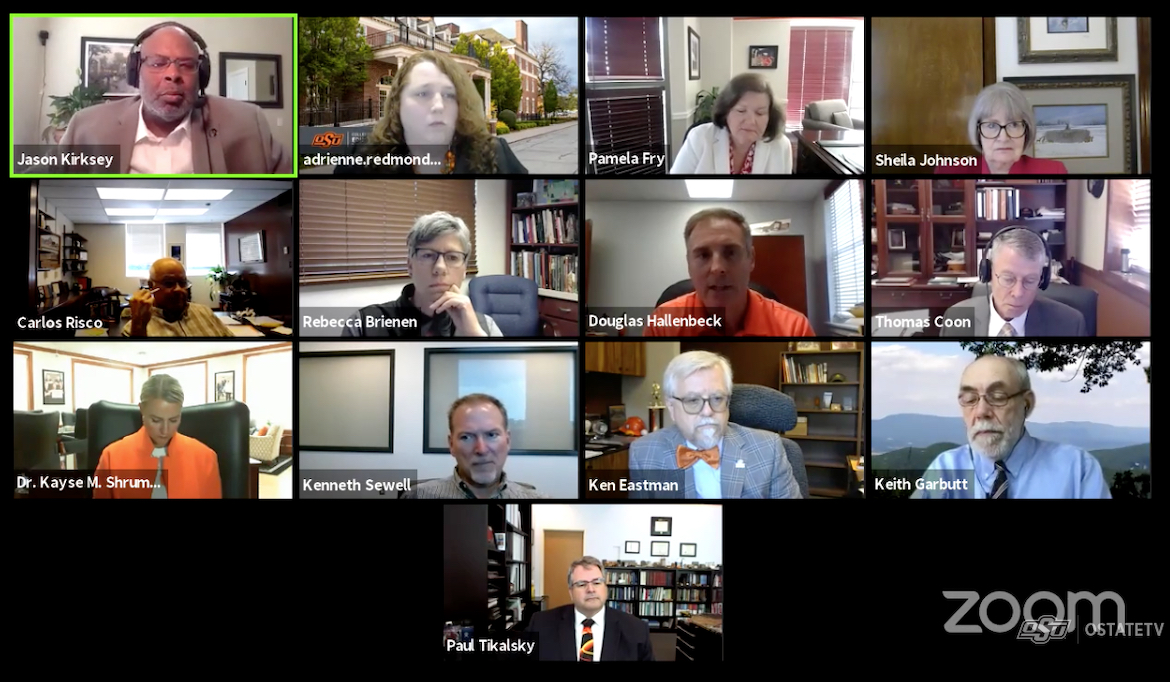
Community Advancing Conversation to focus on the 1921 Tulsa Race Massacre
Tuesday, August 25, 2020
Oklahoma State University’s third installment of its Community Advancing Conversations series will feature a presentation surrounding the 1921 Tulsa Race Massacre.
The event will be livestreamed at OState.TV Sunday from 3:30-5:30 p.m. Registration is encouraged. Phil Armstrong, project director of the 1921 Tulsa Race Massacre Centennial Commission, will speak about the history of the massacre and the Greenwood District’s subsequent and contemporary resiliency. The presentation will be followed by a Q&A with a panel that includes members of the OSU Athletics Diversity and Inclusion Council.
“The effort that we are engaging in with the OSU Athletics Diversity and Inclusion Council is to present programs and activities to broaden the opportunities for our student athletes, as well as our coaches and administrators in athletics, to get exposed to some of the programs and efforts that really work to broaden and deepen OSU’s commitment to creating a culture of inclusion,” said Dr. Jason F. Kirksey, OSU vice president for institutional diversity and chief diversity officer.
The Tulsa Race Massacre was sparked by a white elevator operator falsely claiming a black teenager had attacked her. An inflammatory article in the Tulsa Tribune stirred passions further, and an attack was launched on the predominantly Black community in the Greenwood Avenue area. The street became known as Black Wall Street because of the affluence among the African-Americans who lived and conducted business there.
From May 31 to June 1, 1921, about 35 city blocks of homes, businesses, churches and schools were burned to the ground by white rioters. When it was over, more than 1,000 people were injured, 10,000 were left homeless and historians today estimate more than 300 died.
“It was one of the worst, if not the worst, race massacre in American history,” Kirksey said. “It’s important for OSU to create a broader awareness about the event. We are excited to have Phil Armstrong again present this program to a broader portion of the university community.”
Armstrong said he is looking forward to sharing the history.
“The goal is to educate people on the history of the 1921 Tulsa Race Massacre and the work of the Centennial Commission leading all Oklahomans and all citizens to a journey toward racial healing and reconciliation,” he said.
MEDIA CONTACT: Mack Burke | Editorial Coordinator | 405.744.5540 | mack.burke_iv@okstate.edu
